Diversity Through the Ages: The Impact of Immigration on Civilization
Immigration is a constant thread woven through the fabric of human history, shaping cultures, societies, and economies in profound ways. As people have moved across borders and continents, they have carried with them their customs, languages, and traditions, merging and mingling with local cultures. This article explores the significant impact of immigration on civilization throughout the ages, highlighting key periods of migration, cultural exchange, and the complexities that arise from such interactions.
Ancient Civilizations and Early Migrations
Long before the modern nation-state, ancient civilizations were marked by the movement of peoples. The early migrations of Homo sapiens out of Africa around 60,000 years ago led to the establishment of diverse cultures in Europe, Asia, and beyond. Subsequent waves of migration, such as the Indo-Europeans, the Phoenicians, and the Mongols, spread language, technology, and commerce, facilitating the exchange of ideas and goods.
For instance, the establishment of trade routes, such as the Silk Road, not only connected distant empires but also fostered a cross-pollination of cultures. The blending of Eastern and Western philosophies along these routes influenced art, science, and religion, laying the groundwork for future epochs of cultural fusion.
The Age of Exploration and Colonialism
The Age of Exploration (15th to 17th centuries) marked a significant expansion of immigration on a global scale. European powers established colonies across the Americas, Africa, and Asia, leading to an unprecedented exchange of goods, people, and ideas. This period saw the forced migration of millions—most tragically, through the transatlantic slave trade—as well as voluntary immigration by settlers seeking new opportunities.
The cultural impact of this era cannot be understated. Indigenous traditions, languages, and belief systems came into contact with European colonizers, often resulting in complex—and sometimes violent—cultural syntheses. In Latin America, the encounter between Indigenous peoples and Spaniards led to a unique blend of European and Native American cultures that persists today in language, cuisine, and religious practices.
Colonialism’s legacy is still felt today in the demographics and cultural landscapes of former colonies. The intersections of cultures that occurred during this time fostered vibrant, diverse societies; however, they also produced significant social and racial tensions that continue to challenge coexistence.
The Industrial Revolution and Urban Migration
The Industrial Revolution in the 18th and 19th centuries triggered another wave of immigration. As economies shifted from agrarian to industrial, large populations migrated from rural areas to urban centers in search of work, sparking unprecedented urbanization. This period also saw mass migrations from Europe to the Americas, driven by economic hardship and the promise of opportunity.
Cities like New York, Chicago, and London became melting pots of diverse cultures as immigrants arrived from various countries. These urban centers thrived on the contributions of new arrivals, who brought their skills, traditions, and culinary practices. Foods like Italian pasta, Irish soda bread, and Eastern European pierogi became staples of American cuisine, showcasing the richness of immigrant cultures.
However, this influx was not without its challenges. Immigration often stirred nativist sentiments and sparked debates over national identity, labor rights, and social welfare. Nonetheless, the resulting cultural diversity strengthened social fabric, fueling innovation and creativity in the arts, sciences, and politics.
The Modern Era: Globalization and Migration Trends
In the late 20th and early 21st centuries, globalization has transformed immigration dynamics once again. Advances in transportation and communication have made the world increasingly interconnected, facilitating not just the migration of individuals but also of ideas and cultures. Flows of refugees fleeing conflict, as well as skilled migrants seeking better opportunities, have continued to reshape societies.
Contemporary societies are more diverse than ever, with multiculturalism becoming a defining characteristic of many nations. Cities around the world serve as microcosms of this globalization, where various languages, traditions, and practices coalesce. Festivals celebrating cultural diversity, such as Carnaval in Brazil and Eid celebrations in cities worldwide, serve as a testament to the richness brought on by immigration.
However, modern immigration also faces scrutiny and debate, as countries grapple with issues related to integration, social cohesion, and national identity. The rise of populist movements in various parts of the world often reflects fears surrounding cultural dilution and economic competition brought by immigrants, underscoring the complex relationship between immigration and societal harmony.
Conclusion: Celebrating Diversity as a Strength
Diversity, through immigration, has profoundly influenced civilization, driving progress and innovation while also presenting challenges that require careful navigation. As history has shown, the impact of immigration extends beyond cultural enrichment—it’s a catalyst for social change, economic growth, and human resilience.
In today’s global landscape, embracing diversity as a strength rather than a division is essential for fostering inclusive societies. By recognizing the invaluable contributions of immigrants throughout history and the present, we can build communities that celebrate and learn from the rich tapestry of human experience—a legacy that has evolved and will continue to do so for generations to come.
For further insights and contemporary perspectives on immigration, please refer to [modern_footnote_source_link].






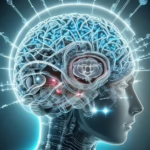








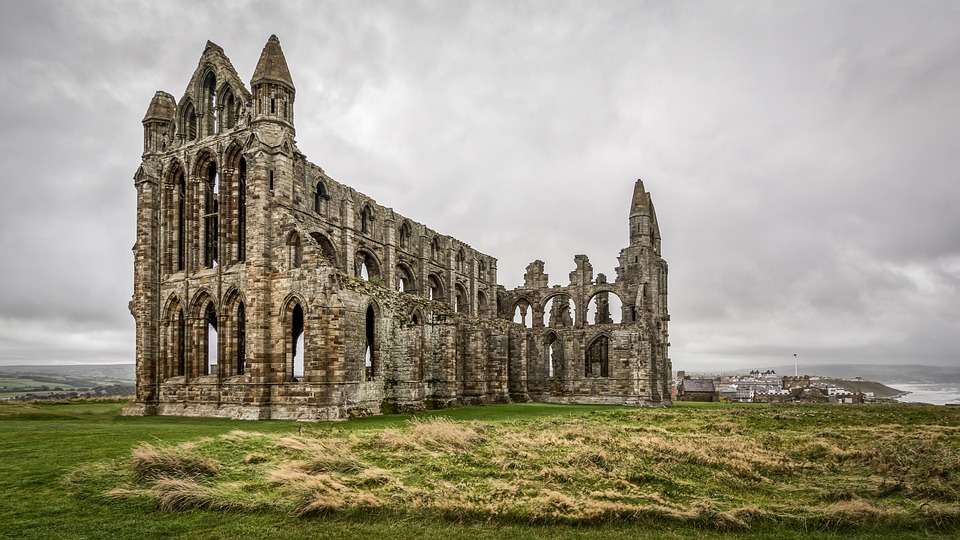
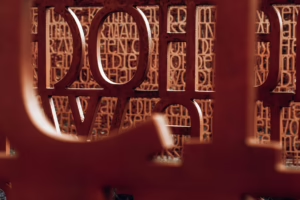
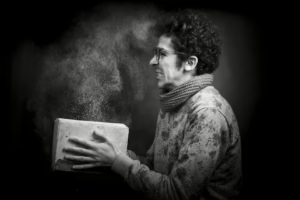

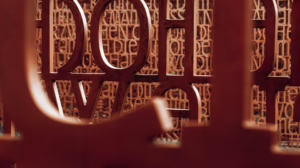
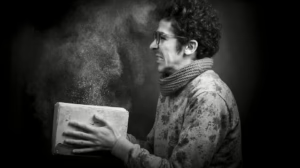





Add Comment